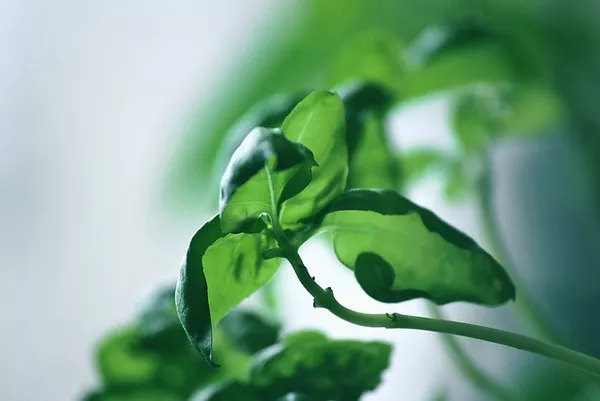Chlorophyll, a crucial component in the photosynthetic process, has long been recognized as essential for plant development. However, its production comes at a cost, as a substantial amount of nitrogen is invested in both chlorophyll and the proteins binding it, limiting nitrogen availability for other vital processes. In a groundbreaking study, researchers aimed to explore whether reducing chlorophyll levels in leaves could prompt plants to allocate the saved nitrogen into processes that enhance nutritional quality.
Addressing the global challenge of increasing crop yield to meet rising food demand, scientists have focused on improving the photosynthetic efficiency of agricultural crops. When light interacts with a leaf, it can be absorbed for photosynthesis, reflected back into the atmosphere, or pass through the leaf. Despite green leaves absorbing over 90% of the light, not all of it is utilized for photosynthesis, especially in densely grown crop plants.
Professor Don Ort, a leader at the Genomic Ecology of Global Change (GEGC) and professor of integrative biology, explained, “Our rationale was to reduce the amount of chlorophyll at the top of the canopy so more light can penetrate and be used more efficiently lower in the canopy.”
In this study, researchers engineered tobacco plants to exhibit lower chlorophyll levels as the crop canopy became denser. Using small RNAs that disrupt key steps in chlorophyll synthesis, controlled by an ethanol-inducible promoter, the team observed a lighter shade of green in the canopy when exposed to ethanol.
Contrary to previous models suggesting that lower chlorophyll levels before canopy density negatively impact plant growth, the study demonstrated that reducing chlorophyll synthesis by 70% did not inhibit growth. Young Cho, the lead author and a postdoctoral researcher in the Ort lab, stated, “Observing these pale green or yellow plants growing normally was astonishing, considering that such discoloration typically indicates plant illness.”
The researchers hypothesized that decreasing chlorophyll levels would influence other aspects of plant growth by freeing up nitrogen invested in chlorophyll production. Their hypothesis was confirmed when they found a 17% higher seed nitrogen concentration in plants where the ethanol-inducible promoter controlling interfering small RNAs was activated. This groundbreaking approach not only enhances plant growth but also improves nutritional quality, offering a promising avenue for addressing global food demands sustainably.


